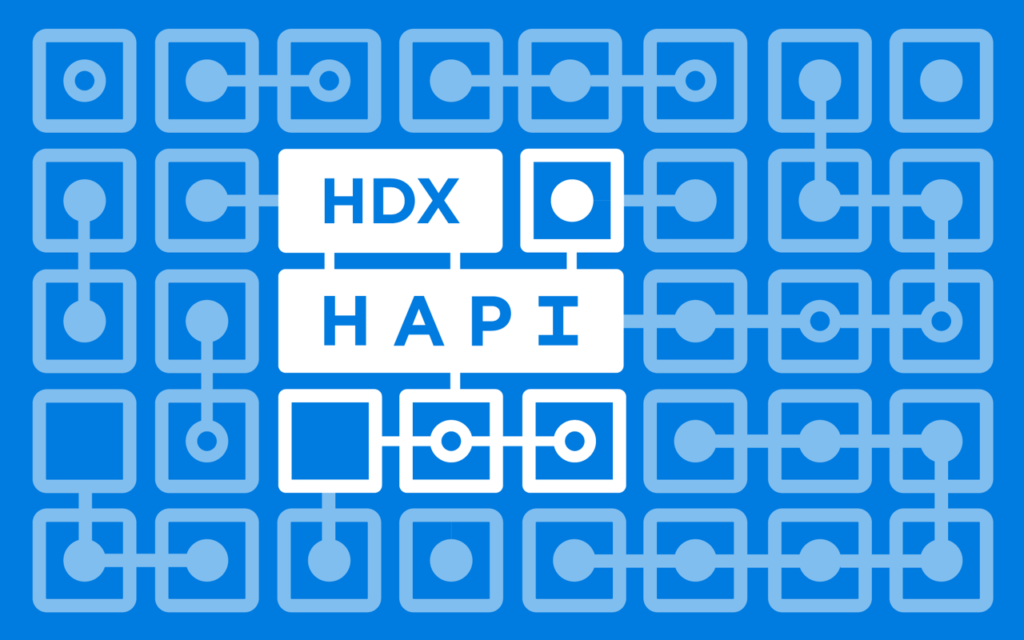Share
The HDX Humanitarian API (HAPI) is a way to access standardized indicators from multiple sources to automate workflows and visualizations. We created HDX HAPI following requests from users to be able to access key indicators from multiple sources through one API. Although HDX has an existing API for the data catalogue (through CKAN), it only supports interaction with metadata. HDX HAPI enables direct access to the data itself. The initial scope of our beta release includes 44 indicators from nine data contributors covering 25 humanitarian operations. To dive straight in, visit our dedicated HDX HAPI resource page.
The goal of HDX is to make humanitarian data easy to find and use for analysis. Since it was launched in 2014, HDX has made significant strides in achieving the first part of this mission – making data easy to find. Today, HDX is recognized as the first place to check when looking for a specific indicator or geographic dataset related to a humanitarian crisis. Within seconds, you can find and download the data you need if it is among the more than 20,000 datasets currently on the platform.
The second part of the mission – making data easy to use for analysis, especially across locations – remains a challenge. Data is often shared in a variety of formats employing different schemas and terminologies. Updates to datasets can alter formatting, field names, or taxonomies, requiring frequent manual adjustments to any automated analysis. Typically, data practitioners allocate most of their time to cleaning and organizing the data, rather than conducting analysis.
HDX HAPI provides access to key humanitarian indicators for 25 countries in a standardized format via queries to the API. For example, you can seamlessly combine food security projections from IPC with the latest food price data from WFP and identify active organizations in the nutrition sector for several locations all from a single application. The HDX HAPI beta release includes 44 indicators and 5.5 million standardized data points with metadata, including geocodes and timestamps.
To help you get started, we have created the following:
- Examples of how to connect HDX HAPI to PowerBI
- An open source javascript dashboard built from HDX HAPI data with example queries you can copy and use in your own applications
- Detailed documentation, including a table of data coverage
- A sandbox interface to assist in constructing and testing queries
A Call for Feedback
The HDX HAPI beta release was launched earlier in June at the Centre’s Humanitarian Data Forum in The Hague. At that event, we received useful feedback to guide future development. Based on this input, in the coming months we will expand geographic coverage and add new data sources, among other usability improvements.
We are eager to hear your suggestions for the API and our documentation. Give it a try by starting here, and if you want to provide feedback or join our HDX HAPI Slack channel, email us at hdx@un.org.
